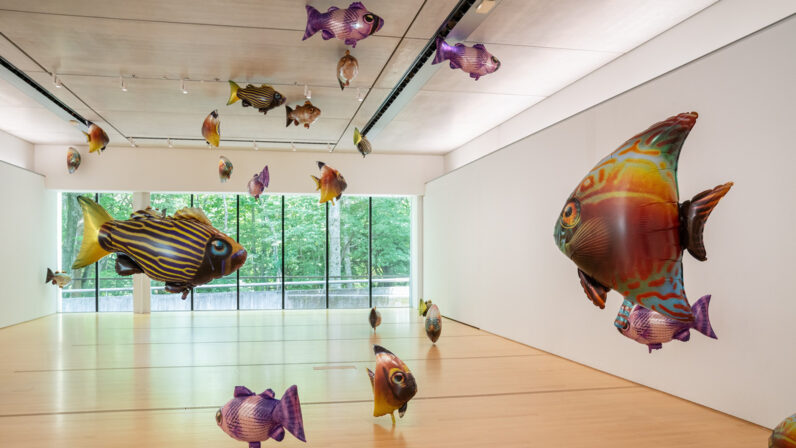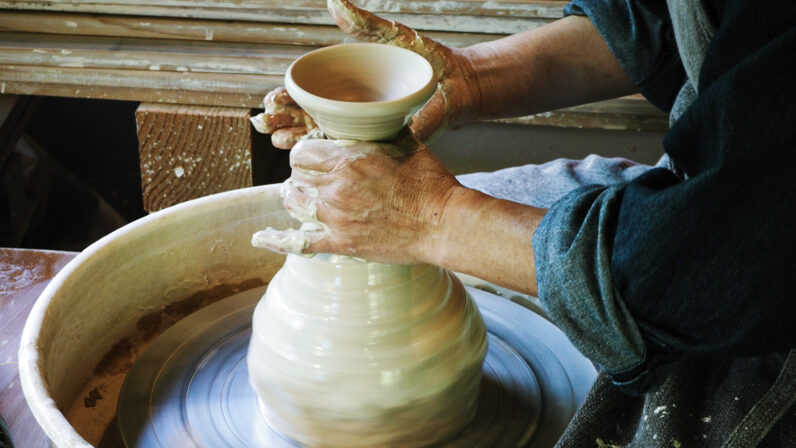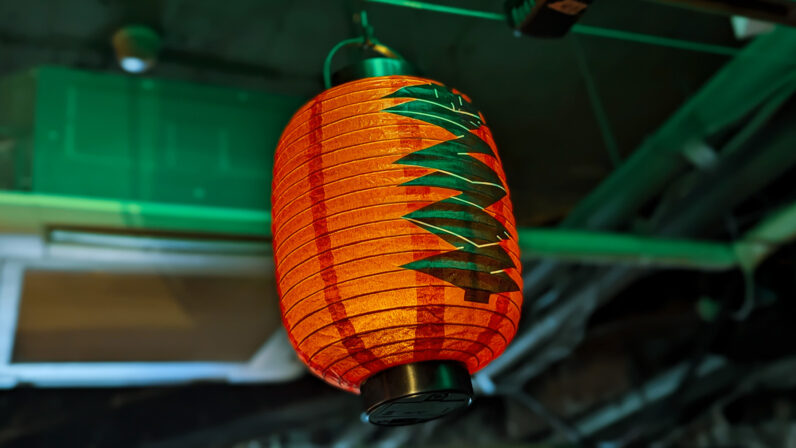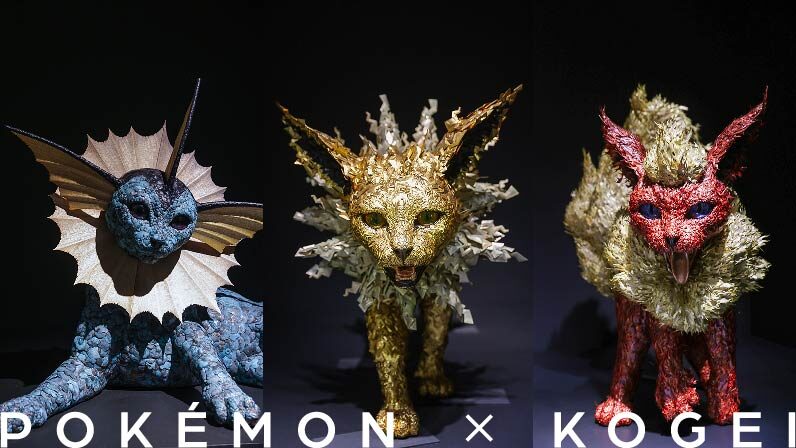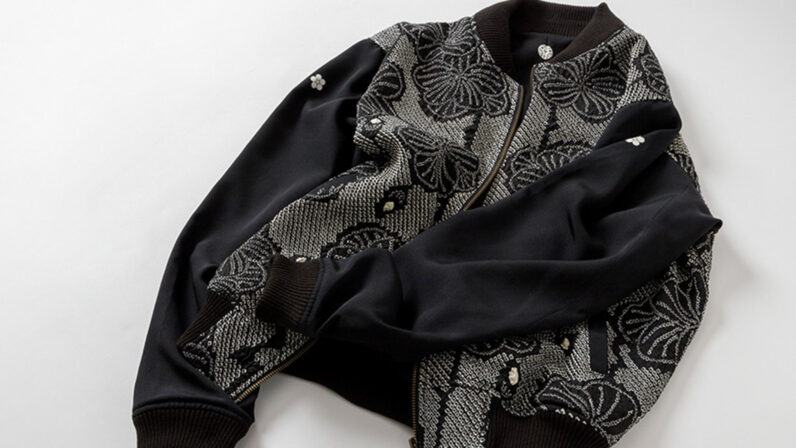Mademoiselle Yulia is a multifaceted talent—she is active in the fashion scene as a DJ while also producing her own kimonos. In this series, Yulia, who is well-versed in art and architecture, visits her favorite spots and discusses how she coordinates kimonos that harmonize with the surroundings. In the fifth installment, she visits a retrospective of Tanaka Isson, the painter who captured nature with a unique aesthetic and spent his final years on Amami Oshima. Wearing an Oshima Tsumugi kimono, Yulia explores the Tokyo Metropolitan Art Museum in Ueno, immersing herself in Isson’s art.
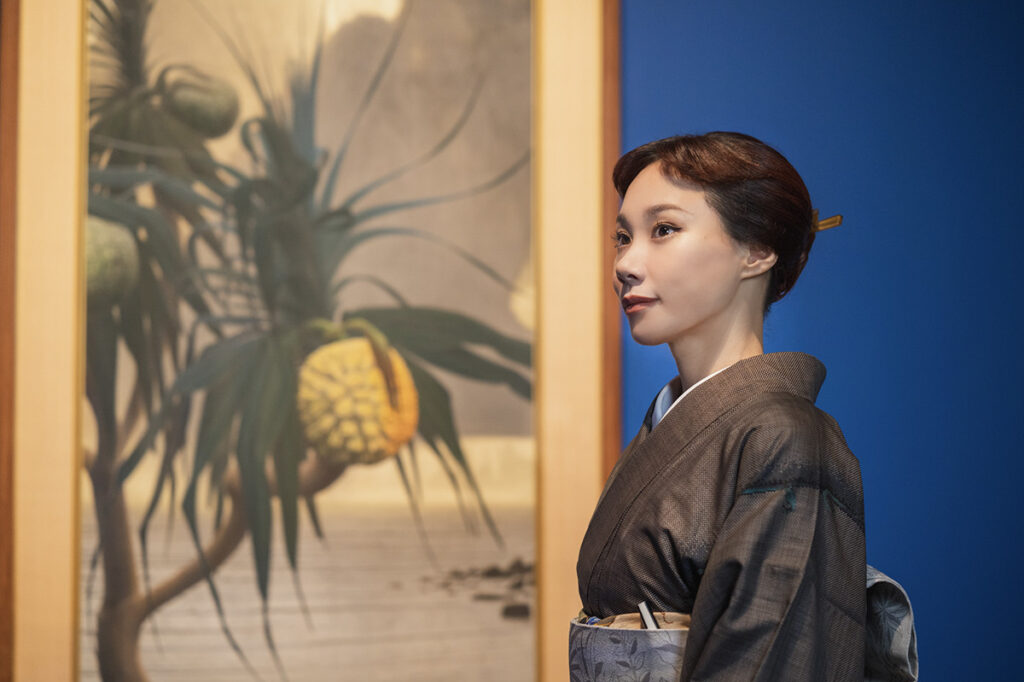
Standing before ‘Seashore with Screw Pine’ (1969, private collection), the exhibition’s featured artwork, she contemplates the mystique of the southern islands.
Exploring rich expressions of nature through a lens of genuine intent.
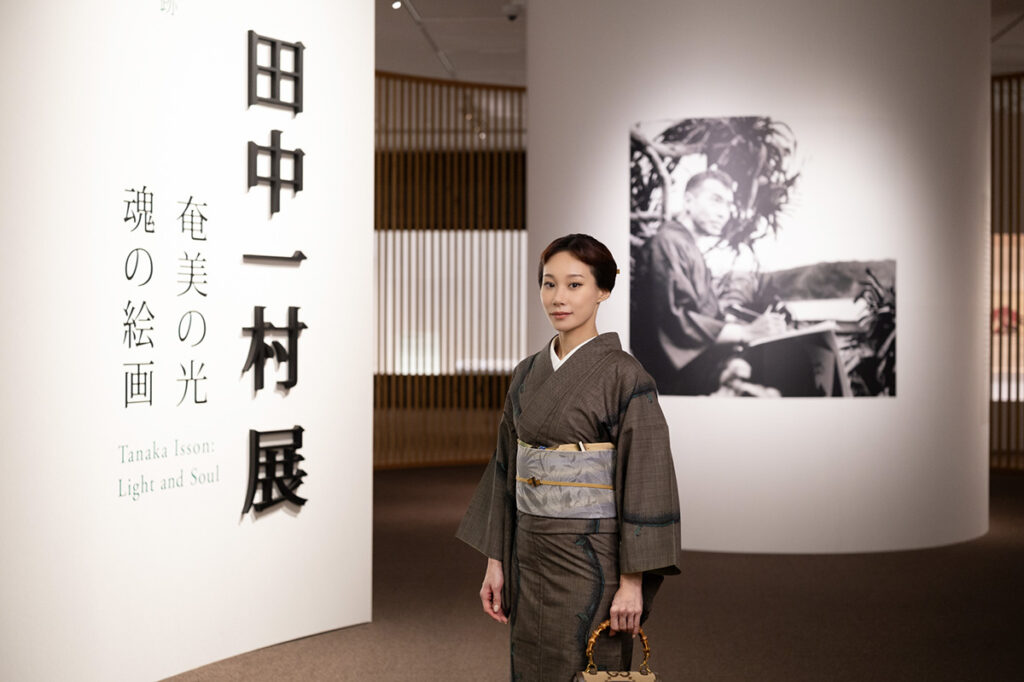
The portrait at the entrance was taken by the artist himself, reflecting his thoughtful approach to composition.
This time, Yulia visited the exhibition ‘Tanaka Isson: Light and Soul’ at the Tokyo Metropolitan Art Museum. This major retrospective features the works of a painter who devoted his life to art, driven by unwavering passion and genuine intent.
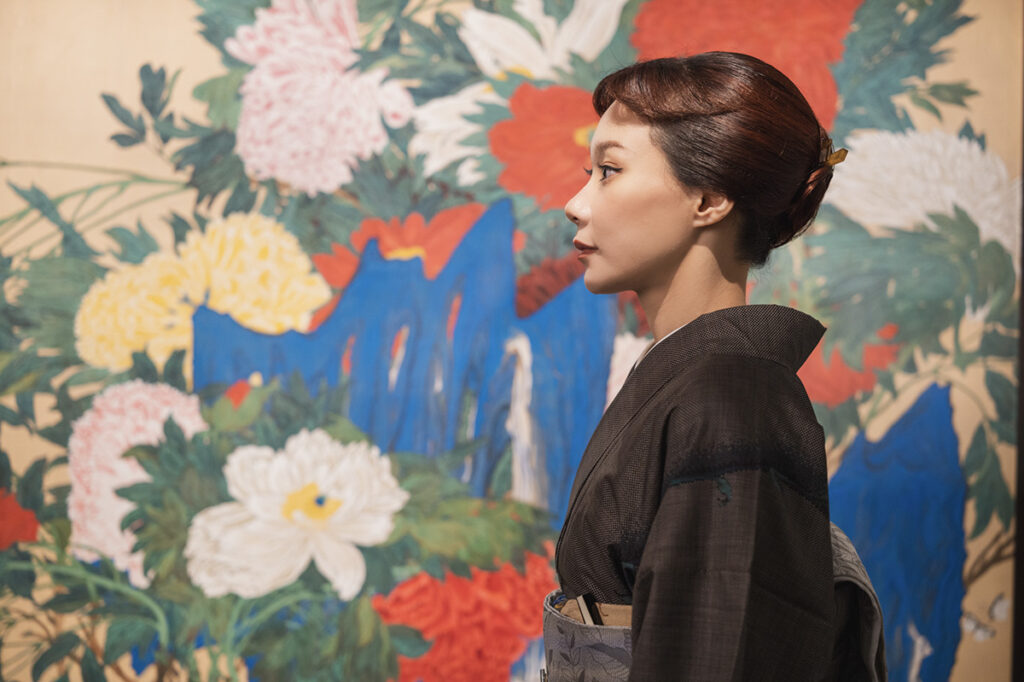
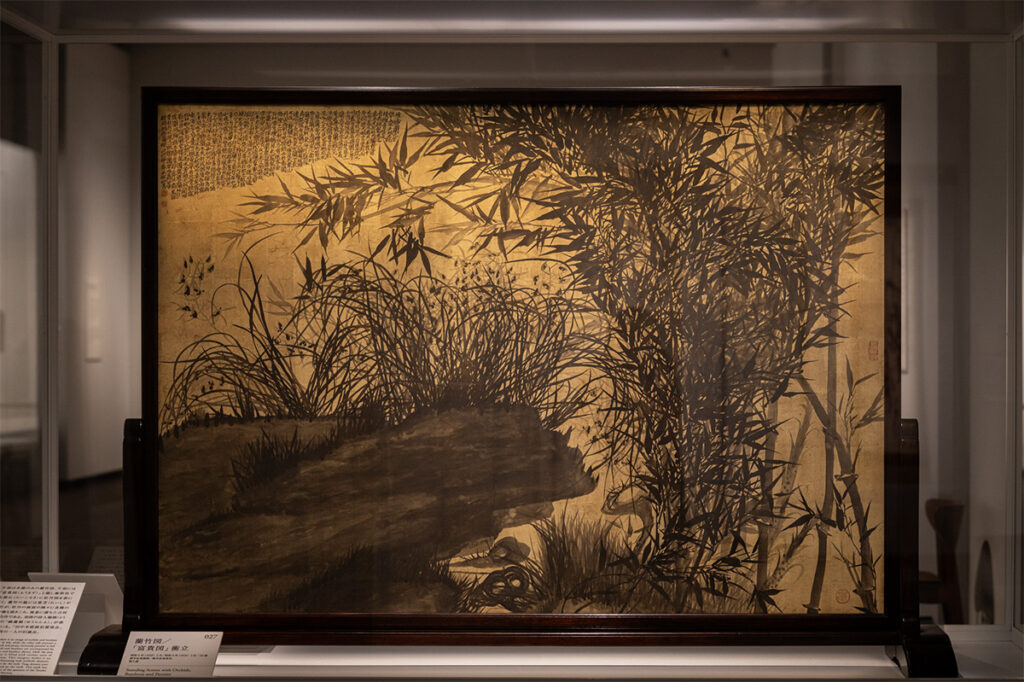
On this folding screen is the double sided artwork ‘Standing Screen with Orchids, Bamboo, and Peonies’ (1929, private collection). One side is a monochrome ink painting, while the other side is vividly colored. The dramatic contrast makes Yulia pause in admiration.
The exhibition is divided into three chapters across different floors. The first chapter, titled ‘Tanaka Beison: A Young Nanga Painter Active in Tokyo,’ begins with works from his childhood, when he was recognized as a prodigy.
“It’s incredible to see such delicate expression at just eight years old,” Yulia remarked, admiring a piece depicting white plums and clams on colored paper. The careful balance of ink tones and the thoughtful use of negative space reveal a maturity in his sensibility that blossomed before he even turned ten.
He learned calligraphy and painting from his father, a sculptor, and adopted the name ‘Isson.’ While in middle school, he studied classical Chinese literature, and after graduating, he enrolled directly in the Japanese painting program at the Tokyo School of Fine Arts (now Tokyo University of the Arts).
As he grew older, his compositions on hanging scrolls and screens became more dynamic and detailed, showcasing a diverse style that fills the exhibition space. Although it seemed like he was on a prestigious path as an artist, he left the university just two months later, opting to distance himself from the art world and pursue his own creative path through self-study.
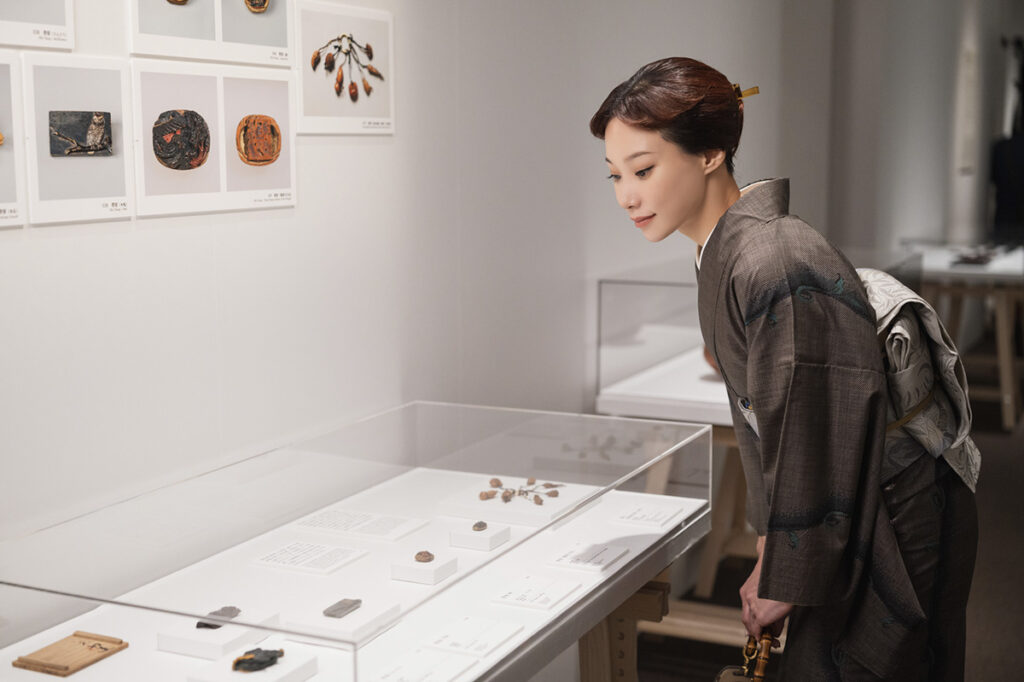
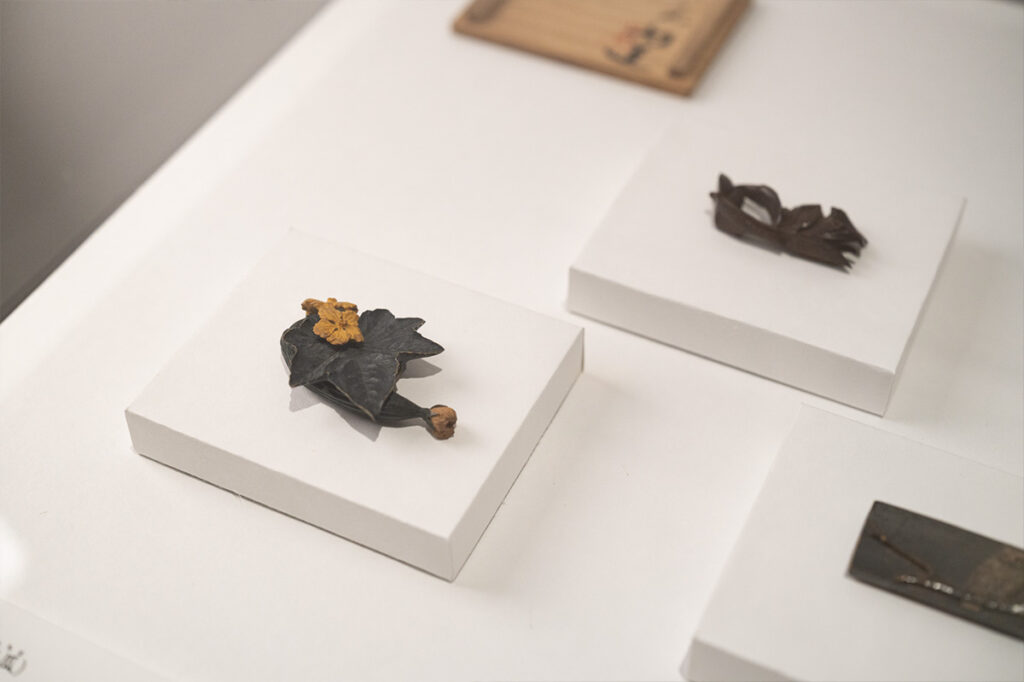
Under the guidance of his sculptor father, he created a variety of wooden accessories, including obi clasps shaped like loofah and gentian flowers, netsuke featuring cicada shells, and even Buddhist implements like wooden fish.
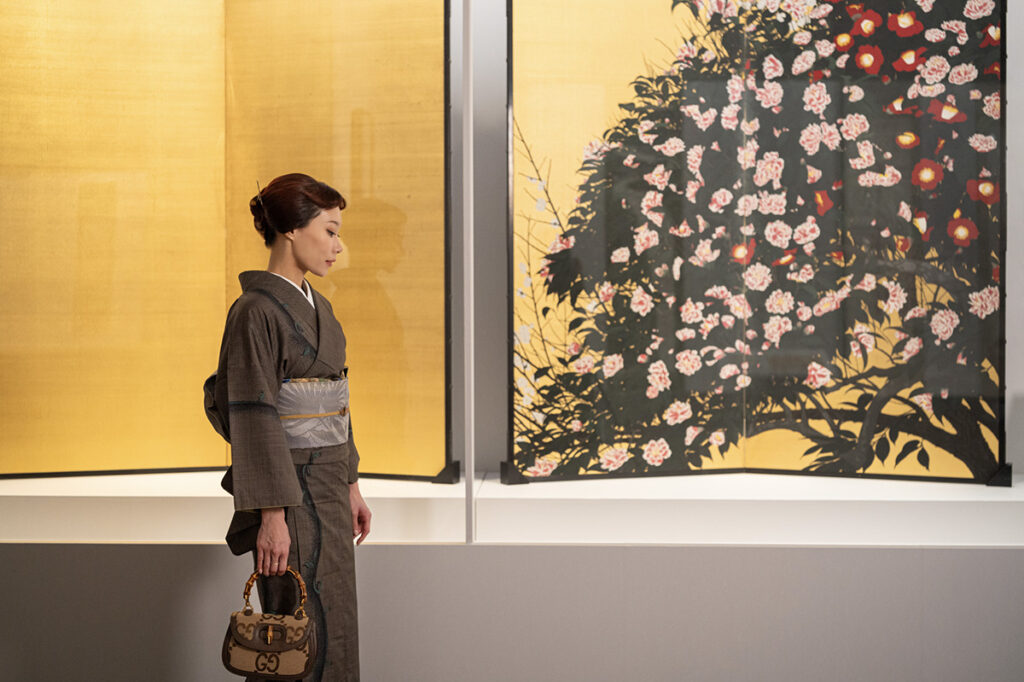
The pair of folding screens titled ‘Camellias’ (1931, Chiba City Museum of Art) features one screen filled with vibrant red and white camellias, while the other is intentionally left blank with a gold background.
The second chapter of the exhibition takes us into the Chiba period, where he moved after living in Tokyo. During this time, he began sketching the surrounding nature, challenging himself to develop a new style, and in 1947, he changed his artist name to ‘Isson.’
“I haven’t seen many works from his Chiba period, and they have a wonderfully open feel to them,” Yulia noted. “I’m drawn to the unique perspective and compositions that really capture the artist’s viewpoint.”
His heartfelt connection to the changing seasons and the direct gaze he casted upon the rural scenery, resulted in artworks that evoke a gentle sense of nostalgia.
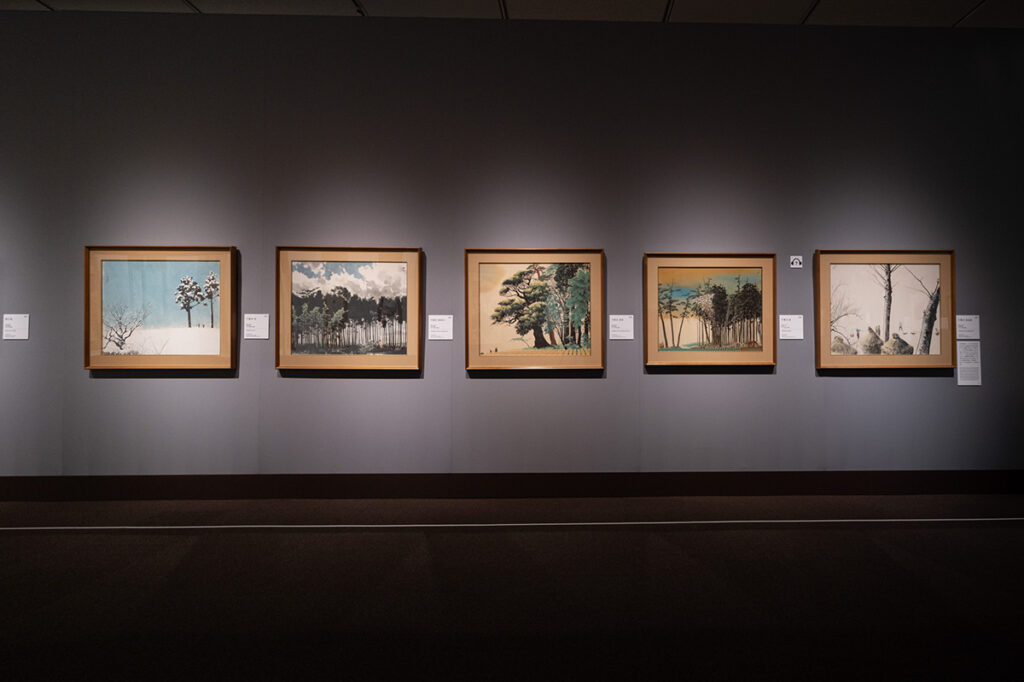
A series of works depicting the rural landscapes of Chiba.
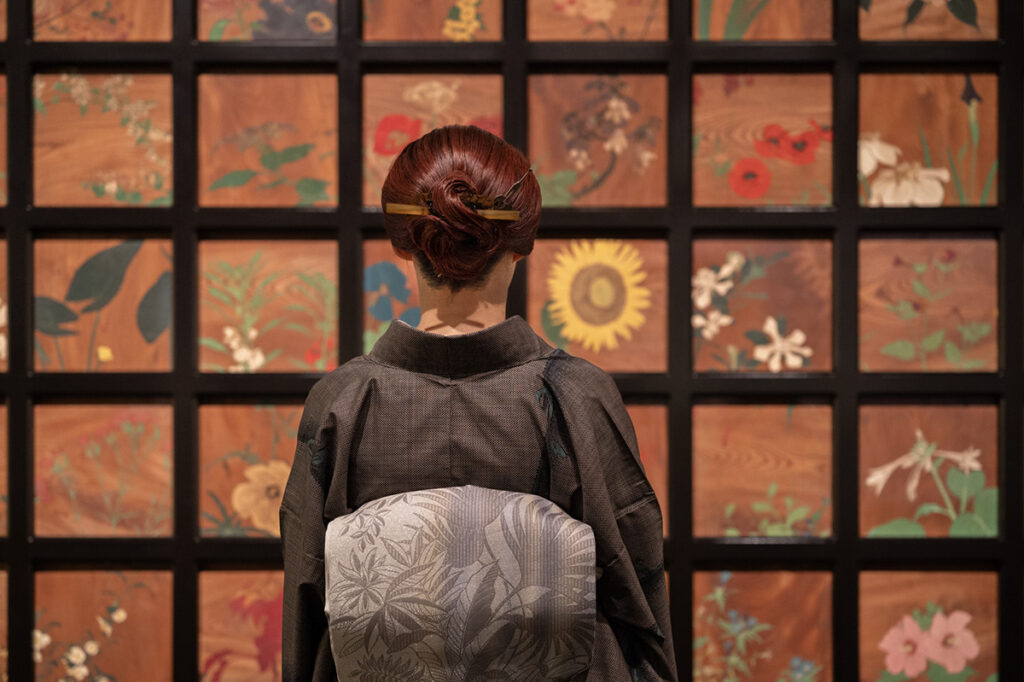
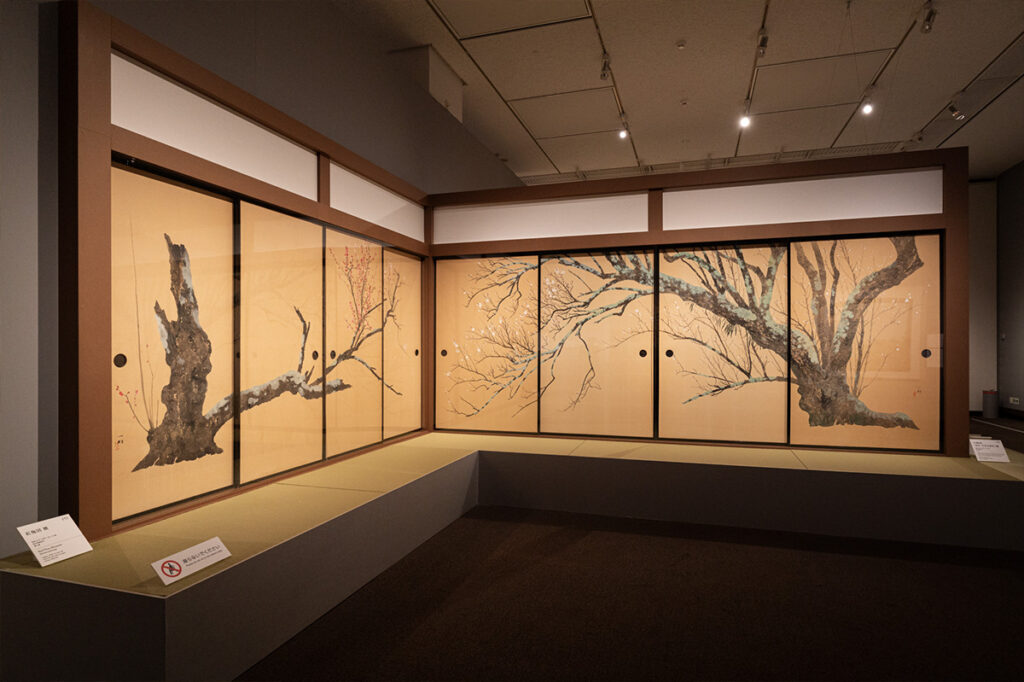
From ceiling murals to sliding door paintings, the diverse range of works is truly impressive.
The exotic mystique of Amami Oshima
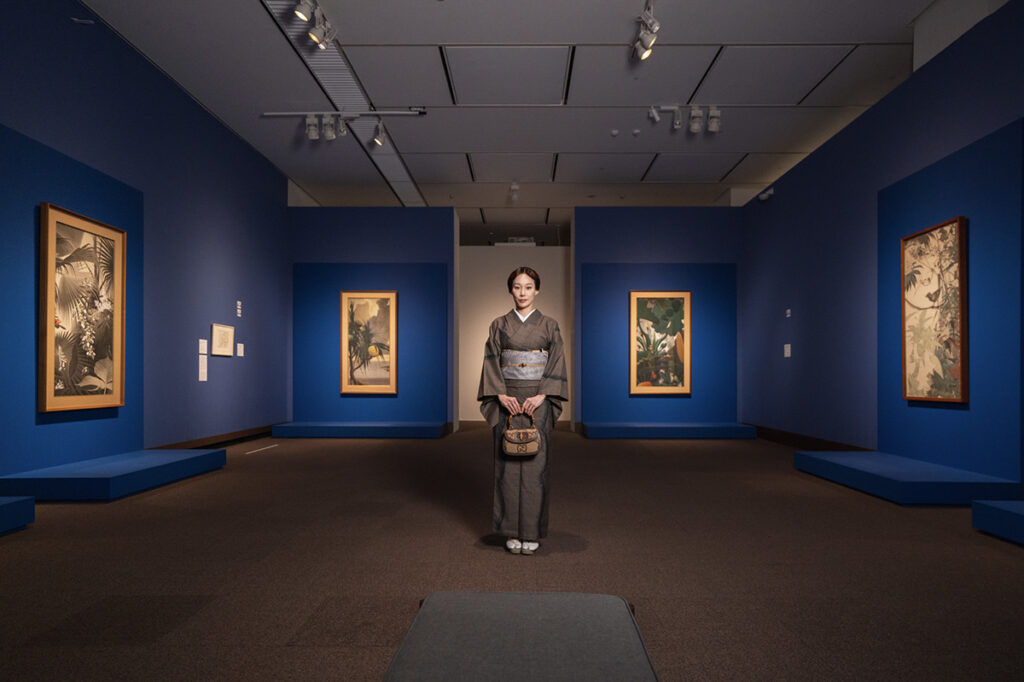
In the striking third chapter, ‘My Own Way… to Amami,’ featuring stunning ultramarine walls.
The final floor of the exhibition, the third chapter, is adorned with glossy ultramarine walls that dramatically showcase Isson’s works. It feels as if his emotions about leaving his familiar life in Chiba at the age of 50 to seek new horizons are reflected here. Surrounded by a unique ecosystem filled with subtropical plants, birds, and fish, the artist’s unending curiosity is channeled into his brush, leading to the creation of many of his masterpieces.
Yulia, who first visited Amami Oshima three years ago, reminisced about being captivated by the beauty of nature as she admired the artworks.
“The pieces depicting plants, insects, birds, and fruits seem to celebrate the paradise that Amami Oshima is… It’s clear how deeply Isson connected with this island.”
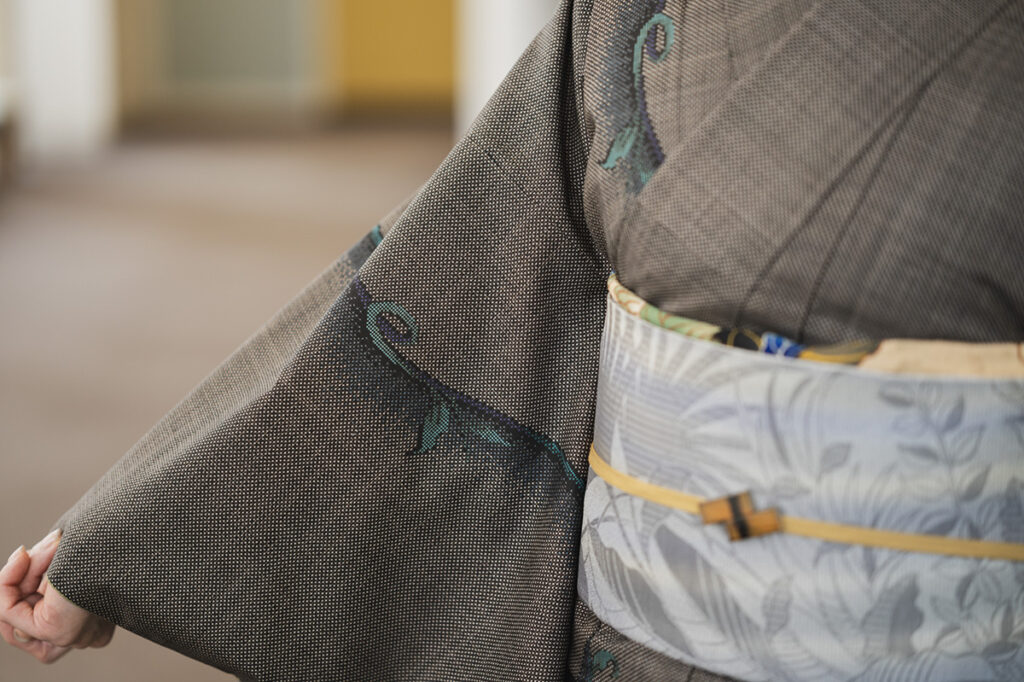
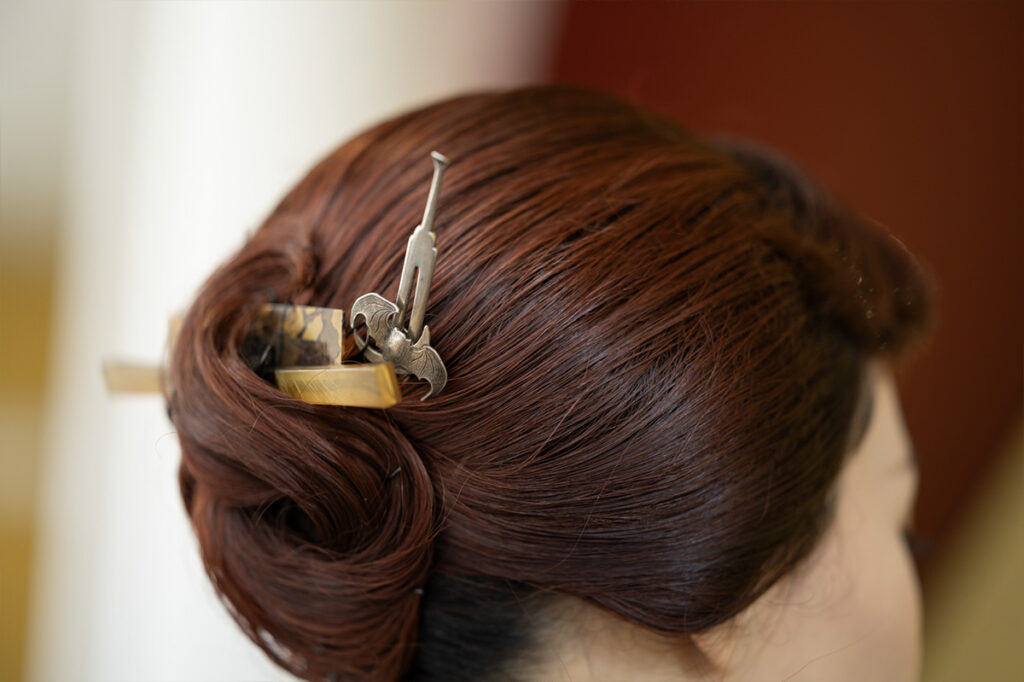
“I used antique kimono fabric as an obi-age to add a touch of vibrant color. The hairpin also features a bat and the moon.”
Amami Oshima is known for its exquisite textile known as ‘Oshima Tsumugi,’ which features intricate kasuri patterns. On this day, Yulia chose to wear Oshima Tsumugi as a tribute to Isson.
“The works created after moving to Amami are distinguished by their striking use of emerald green. Inspired by his unique color sense, I decided to wear this exotic Oshima Tsumugi woven with a vine pattern today,” she explained.
Additionally, the obi she paired with it is a special piece inspired by Isson’s paintings. While the overall look is chic, it also incorporates a subtly vibrant gradient, allowing her to seamlessly wander through the world of Isson’s art.
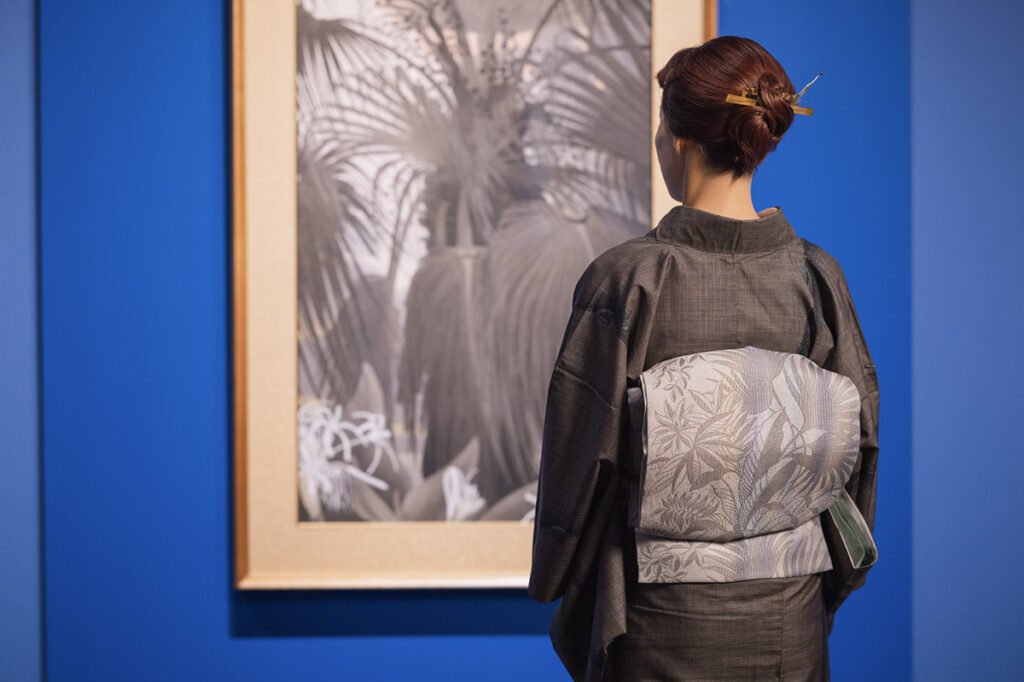
The design of the artwork, with its bold silhouettes of palm leaves swaying in the refreshing southern breeze, harmonizes beautifully with the obi.
The location featured:
Tokyo Metropolitan Art Museum: Tanaka Isson – Light and Soul
Address: 8-36 Ueno Park, Taito Ward, Tokyo
Exhibition Official URL:
https://isson2024.exhn.jp/en/



